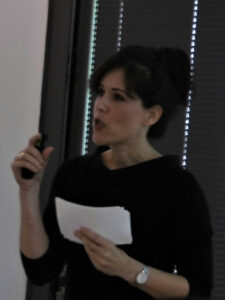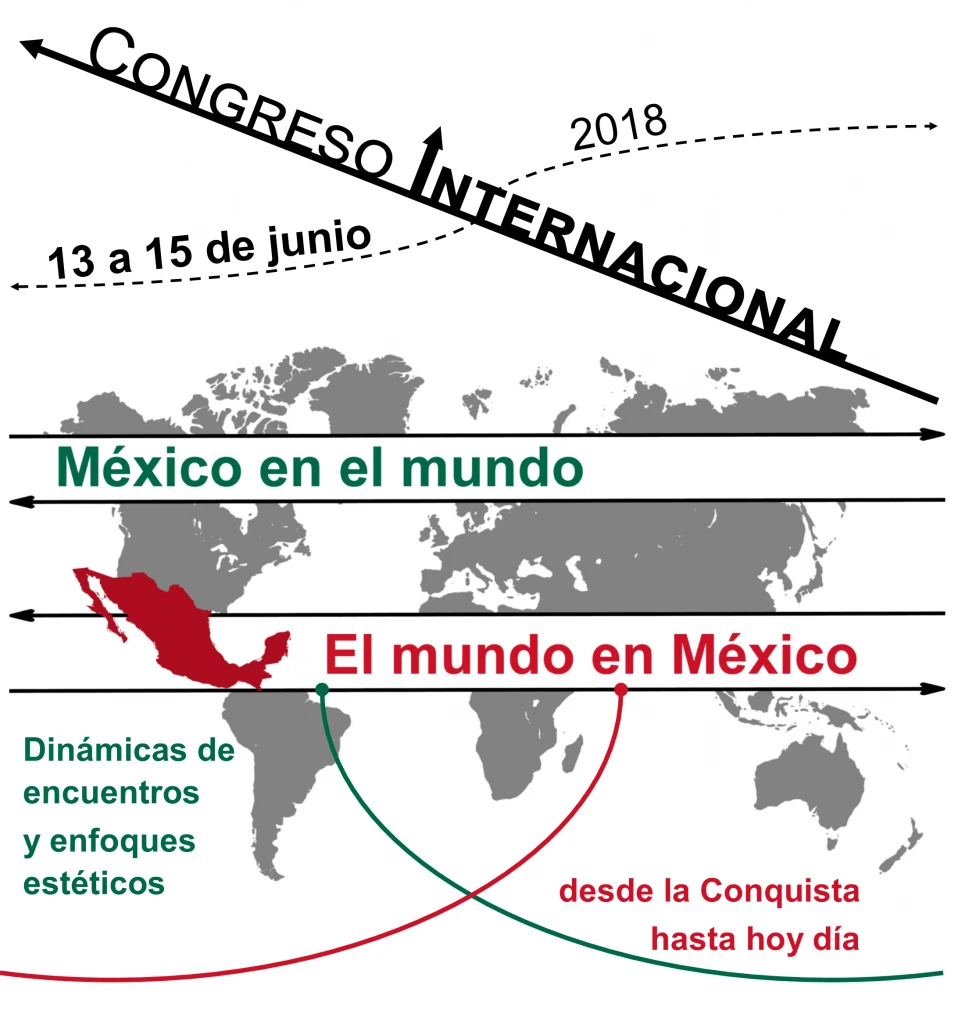El sueño incobrable de la transparencia absoluta
(pp. 212-229; DOI: 10.23692/iMex.19.15)
 Loading...
Loading...Dr. Sandra del Pilar
 Sandra del Pilar is a freelance visual artist and art theorist who works out of her studios in Mexico and Germany after concluding her MA and PhD at the Academy of San Carlos in Mexico City and the University Heinrich Heine in Düsseldorf. She is the recipient of several awards and scholarships, including the Museo Universitario del Chopo in Mexico City, the biennial Pedro Coronel in Zacatecas, the biennial Heirs of Wilhelm Morgner in Soest, the Studienstiftung des Deutschen Volkes, the DAAD and the LVR (Landschaftsverband Rheinland). Her work has been exhibited worldwide in museums and biennials, as well as in private and public galleries. She has published a series of catalogues about her artistic work, as well as articles on art theory in professional journals and newspapers such as La Jornada.
Sandra del Pilar is a freelance visual artist and art theorist who works out of her studios in Mexico and Germany after concluding her MA and PhD at the Academy of San Carlos in Mexico City and the University Heinrich Heine in Düsseldorf. She is the recipient of several awards and scholarships, including the Museo Universitario del Chopo in Mexico City, the biennial Pedro Coronel in Zacatecas, the biennial Heirs of Wilhelm Morgner in Soest, the Studienstiftung des Deutschen Volkes, the DAAD and the LVR (Landschaftsverband Rheinland). Her work has been exhibited worldwide in museums and biennials, as well as in private and public galleries. She has published a series of catalogues about her artistic work, as well as articles on art theory in professional journals and newspapers such as La Jornada.
Over the last several years the need for transparency has grown in demand, generally and globally, in the hopes of a better future. However, such a promise can never entirely fulfilled for factual as well as ontological reasons. Based on the analysis of the painted picture, Sandra del Pilar (visual artist and art theorist) defines transparency as a specific property of all the representative media that tend to become invisible with respect to what they represent. Photojournalism, documentary photography and home videos are generally not considered specific forms of representation, but as surrogates of reality itself. They possess such a high level of transparency that it threatens to vanish their mediality: what is represented becomes real to the same degree as the increasing transparency dissipates the medium. Yet, without a medium there can be no transparency, nor thinking, creating or speaking about the world. This is what the painting of Sandra del Pilar, who depends on transparency to carve out the specific qualities of her medium, is about.
En los últimos años la transparencia se ha convertido en una demanda general y global, en el garante de un futuro mejor. No obstante tiene que ser una promesa que nunca se cumplirá del todo, por razones tanto fácticas como ontológicas. Partiendo del análisis de la imagen pictórica, Sandra del Pilar (artista plástica y teórica del arte) define la transparencia como una característica específica de aquellos medios de representación, que tienden a hacerse invisibles frente a lo que representan. El reportaje, las fotografías documentales o los videos caseros los solemos entender no tanto como medios de representación, sino como especies de sucedáneos o equivalentes de la realidad. Su alto grado de transparencia amenaza con desaparecer su cualidad mediática: lo representado se torna real conforme el medio, cada vez más transparente, se va desvaneciendo. Sin medio, empero, no puede haber ni transparencia, ni un pensar, crear o hablar sobre el mundo, lo que Sandra del Pilar tematiza en su pintura, que se vale de la transparencia para resaltar su propia condición mediática.
Articles
Vittoria Borsò – Repensar la globalizacion desde la literatura mexicana
Gesine Müller – Paz entre literatura mundial y literaturas del mundo
Anne Kraume – Altamirano y los trenes
Sara Poot Herrera – Arreola y su estética del zigzag
Hermann Herrlinghaus – La búsqueda de otra dimensión de la realidad
José Ramón Ruisánchez Serra – Apercepción en Amado Nervo
Edith Negrín – Traven: primer encuentro con los indios mexicanos
Roger Friedlein – Estrategias de personalización en literaturas nacionales
Lizette Jacinto – Exilio político germanoparlante
Jacobo Sefamí – De ida y vuelta: Myriam Moscona
Stephanie Schütze – Guadalupe Tonantzin: una santa transcultural
Tanius Karam Cárdenas – Entre muros y túneles: necropolítica en México
Sandra L. López Varela – Etnoarqueología para el combate a la pobreza
Sandra del Pilar – El sueño incobrable de la transparencia absoluta


